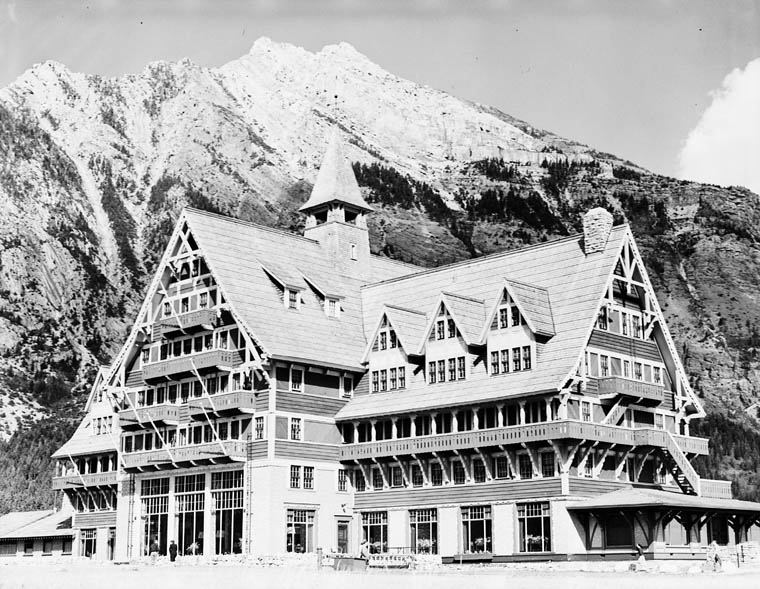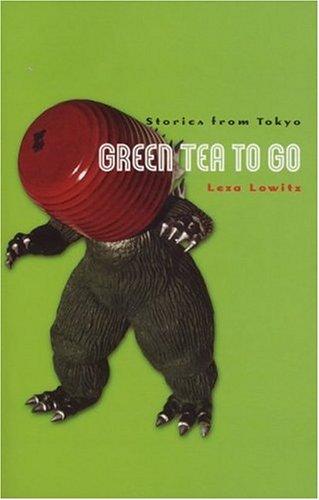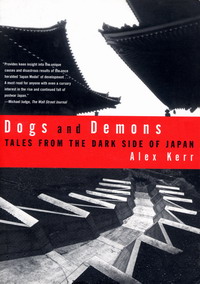
My "career" as a newspaper reporter lasted all of three months. It was the middle of 2008 and my wife and I were freshly returned from Japan when I worked for a brief stint as a reporter for the Waterton Boundary, a small summer weekly produced by the Pincher Creek Echo for distribution in Waterton Lakes National Park. If nothing else, it was a lot of fun. I got to photograph mountain goats, interview Parks Canada people and scold tourists for feeding the local deer - not things I get to do very often in my current line of work here in Edmonton. And for three months, I got to spend my working days in one of the most beautiful corners of North America.
Waterton, for those who don't know it, is Alberta's forgotten and most underrated national park. A far smaller park than Banff or Jasper, it nonetheless packs more wilderness per square inch than anywhere else in the country while remaining refreshingly free of the sort of aggressive commercialization you find in the province's better known mountain parks. It also has a fascinating human history, replete with tales of shipwrecks, bootleggers, dance halls, scandals and - yes - ghost lore. Waterton's iconic Prince of Wales Hotel, one of Alberta's grandest lodgings, is also one of the province's most famously haunted buildings, and during my summer in Waterton the hotel's manager was kind enough to give me a personalized guided tour of the place.
Did I see any ghosts, you ask? Alas, any disembodied souls that might have been loitering in the building were nowhere to be seen when I showed up. But the owner did give me plenty of material. Here is the article I wrote for the Boundary following my stroll through Waterton's haunted mansion.
Haunted Hotel: Ghost Stories from the Prince of Wales
(Waterton Boundary, August 29, 2008)
The Prince of Wales Hotel is one of Alberta and the Canadian Rockies’ most celebrated architectural landmarks. Built between 1926 and 1927, the Prince of Wales counts among the grandest of Canada’s grand railway hotels, standing alongside Quebec City’s Château Frontenac, Victoria’s Empress Hotel and the Banff Springs Hotel not far to the north
Sitting atop a windswept hill overlooking Upper Waterton Lake, the 80-year-old edifice is regularly battered by gale-force winds that rattle windows and rock the building back and forth, making creaking and whistling sounds through sliver-sized joints or cracks in the wood and in extreme cases slamming doors shut. This coupled by the rapid changes in cloud cover and occasional thunderstorms that often accompany such conditions can make for a decidedly spooky setting.
Considering the age and iconic stature of the building and its somewhat forbidding setting, it is hardly surprising that the Prince of Wales Hotel has, over the decades, cultivated a few enduring ghost stories. Indeed the Prince of Wales ranks among most famous allegedly haunted locales in a province rich in ghost lore.
While somewhat less famous as a ghostly abode than its northern cousin, the Banff Springs Hotel, the Prince of Wales is reputedly home to a handful of disembodied souls. So synonymous is the hotel with ghosts that the establishment is broken into by poltergeist hunters nearly every year. According to hotel manager Don Budgen, such break-ins normally occur in springtime before the hotel opens for the summer season. The hotel also has a famously haunted room - Room 510 - a room that Budgen asserts has in the past given guests enough of a scare that they have asked to be moved from it, while other guests specifically request the ‘haunted room’.
 |
| Source: Library and Archives Canada |
The hotel’s best-known ghost is that of a chambermaid named Sara, who reputedly worked at the hotel in its early years of existence and, after being spurned by her lover, threw herself off the fourth floor mezzanine to the lobby below. According to the book High on a Windy Hill: The Story of the Prince of Wales Hotel, Sara’s ghost has haunted the hotel ever since, making her presence known by “rattling liquor bottles and exhaling icy sneezes down the necks of wary guests.”
This story bears an eerie resemblance to a later incident, in which a gift shop employee named Mary committed suicide in a similar fashion in the late 1970s after having fallen in love with the hotel’s then famously dashing manager, Clifford Hummel, only to be turned down by him. According to the current manager, Mary leapt to her death from the sixth floor balcony wearing only a sheet, and to this day her spirit makes her presence known by pilfering and rearranging items in the hotel gift shop, something to which numerous employees have apparently attested.
While Sara and Mary are probably the hotel’s best-known ghosts, there are at least two others that allegedly haunt the corridors of the Prince of Wales. According to Budgen, a well-dressed gentleman who bears a strong resemblance to Abraham Lincoln is occasionally seen in the dining room and the basement, a ghost who announces his presence by way of a reflection in the windows and a distinct aroma of pipe tobacco. This is believed to be the ghost of a construction worker who fell to his death from scaffolding during the construction of the building.
Yet another ghost - that of the wife of a former hotel chef - began showing up in the common area of the hotel not long after the chef in question disappeared and was later found in British Columbia mysteriously without a wife. (The chef was apparently consumed with jealousy over his wife’s popularity with the hotel’s male employees.)
When asked about his own belief in the hotel’s famous spirits, Budgen, now in his third year as hotel manager, refuses to rule anything out. “I’m a skeptic at the best of times, but I’ve certainly been creeped out more than once,” he asserts. “There have been a couple of times where I’ve had to go out for a walk because I swear I’ve seen something. Mind you, all the creaks and gasps that this building makes doubtlessly contributes to this, but I’ve definitely smelled that smell of pipe tobacco - and then it disappears.”
Budgen also notes that he is not alone, and that a number of his employees have sworn they’ve seen something. “It happens to a lot of people here that they think they see things in the corner of their eyes,” he explains. “It happens to me, but I never see this sort of stuff anywhere else.”
(For more on the Prince of Wales Hotel, here is a link to an article I wrote on the hotel for the now-defunct Alberta magazine Legacy.)










